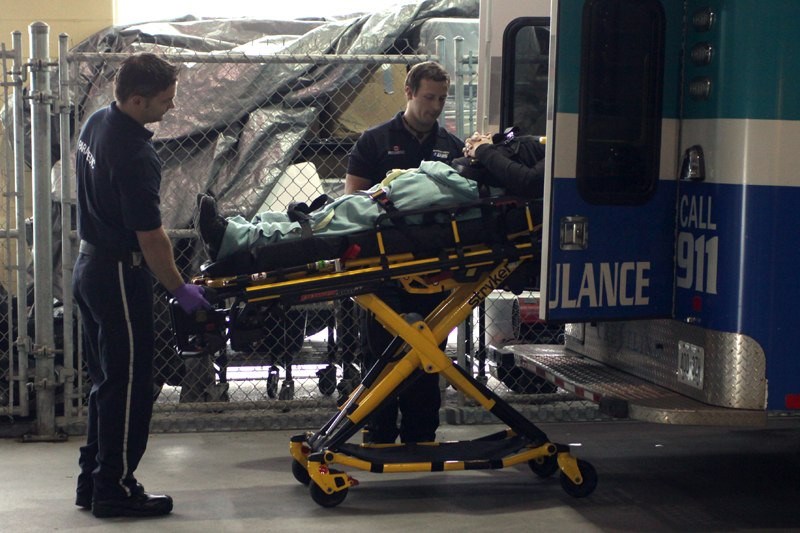An investment of more than $225,000 from the province will improve paramedic response times by putting more nurses in the emergency room.
Liberal MPPs Bill Mauro (Thunder Bay-Atikokan) and Michael Gravelle (Thunder Bay-Superior North) announced $228,000 for nurses to treat patients that arrive at the Thunder Bay Regional Health Sciences Centre by ambulance with non life-threatening conditions.
Superior-North EMS chief Norm Gale says this means paramedics and ambulances will be on the street rather than tied up in hallways at the hospital.
"So when the next 911 call comes in, they're closer to the call and their response time is quicker," he said.
"It means better patient care. Better care for the patient that's waiting in the hallways, but also better care for the patient that's called 911 and waiting for us to come," he added.
Superior North EMS lost 360 paramedic hours in 252 offload incidents in June 2012.
Since 2009, Gale said they've seen successive increases in time paramedics have spent waiting in the hospital hallway.
The new system was implemented this spring through a partnership between EMS and the TBRHSC and Gale said they've seen a more than 70 per cent improvement in wait times.
"It frees up our ambulances and frees up our paramedics from the hospital where we don't want them to be to go on the road where we do want them to be so they can respond when that 911 call comes in," he said.
The funding will go completely towards nursing resources.
TBRHSC's patient services executive vice-president and chief nurse executive Rhonda Crocker-Ellacott said they'll now be able to bring in additional nurses when they know there are peak ambulance offload challenges.
"Having the extra resources in nurses is really enabling us to improve the flow," she said.
Having the funding from the province is an asset but Crocker-Ellacott said it goes together with a strategy formed by the emergency leadership team to improve the ER system in how they organize patients.
"We don't want to see our patients sitting on stretchers waiting for care," she said. "We really want to get to those patients as quickly as we can."
